
Date: 4 July 2025
The EU flat glass sector is actively contributing to the EU’s decarbonisation objectives through the building, automotive and solar value chains, which it supplies with an irreplaceable material. However, it does not yet have the breakthrough technologies necessary to drastically reduce its emissions during the manufacturing process.
The current context in which the EU flat glass industry navigates entail growing production costs in an increasingly competitive and challenging global landscape. With the need to continue enabling Research and Innovation, the levels of investments required in the flat glass sector are largely amplified. But beyond the financial implications linked to decarbonisation, the lack of technology remains the main obstacle.
In its position paper, Glass for Europe calls for a rapid design of a new EU ETS framework post-2030, which is necessary to restore a business case for sustainable flat glass manufacturing in Europe. The current setting of the EU ETS is not fit for 2030 and beyond, due to the new 2040 target. To this end, Glass for Europe formulates five policy recommendations for the future EU ETS phase.
- Continued protection against carbon leakage is necessary in the current context to provide regulatory certainty in a sector with long investment cycles.
- This support should be channelled through free allocation, which offers a good return on experience and has a proven track-record of its efficiency. The conditionality of this support needs to be adequately calibrated, set a sectoral level, and could be refined according to additional criteria.
- The revised EU ETS should harmonise compensation of indirect emissions to optimise the support to industry which is facing high energy costs.
- To bridge the remaining gap, the EU ETS should be adapted to be made flexible to negative emissions, carbon removals and the use of international credits, in the respect of transparency and accountability standards.
- There should be targeted support to Innovation, whereby EU climate policy instruments such as the Innovation Fund, the earmarking of auctioning revenues, and the future Decarbonisation Bank should be conceived as complementary to the EU ETS.
 600450
600450

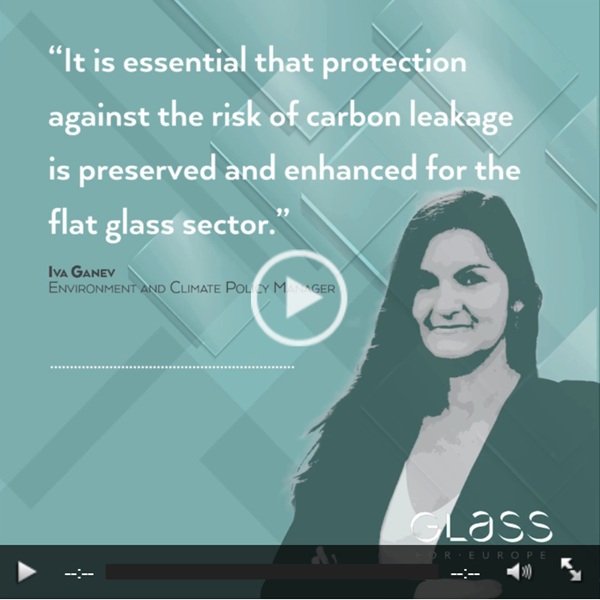


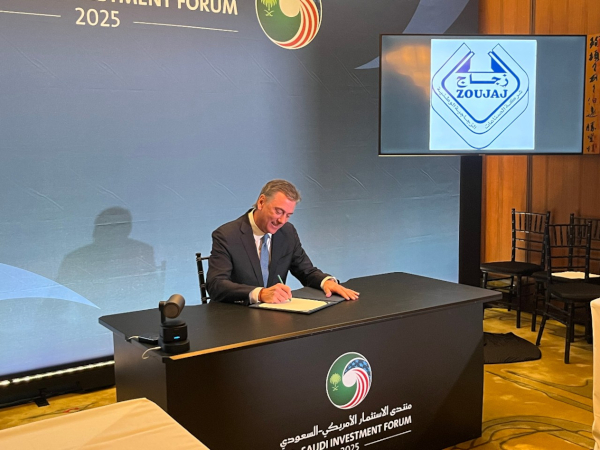
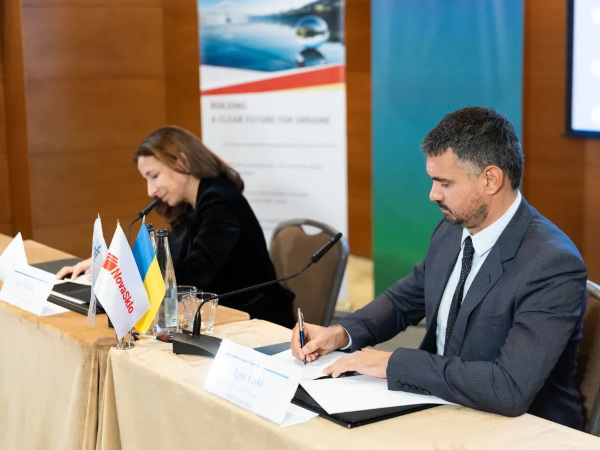
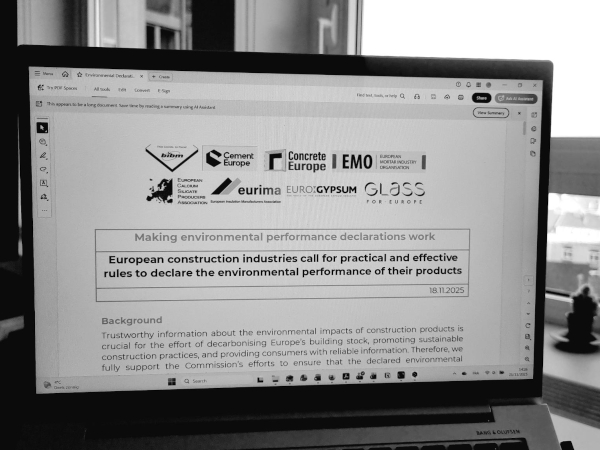
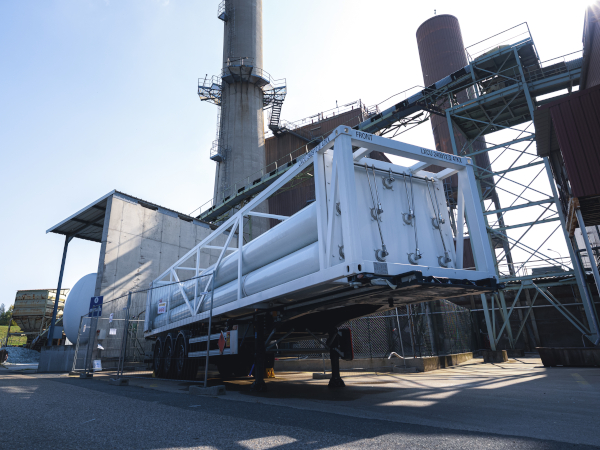









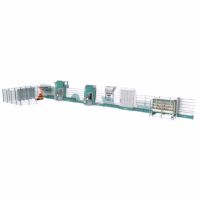
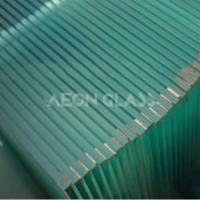
Add new comment